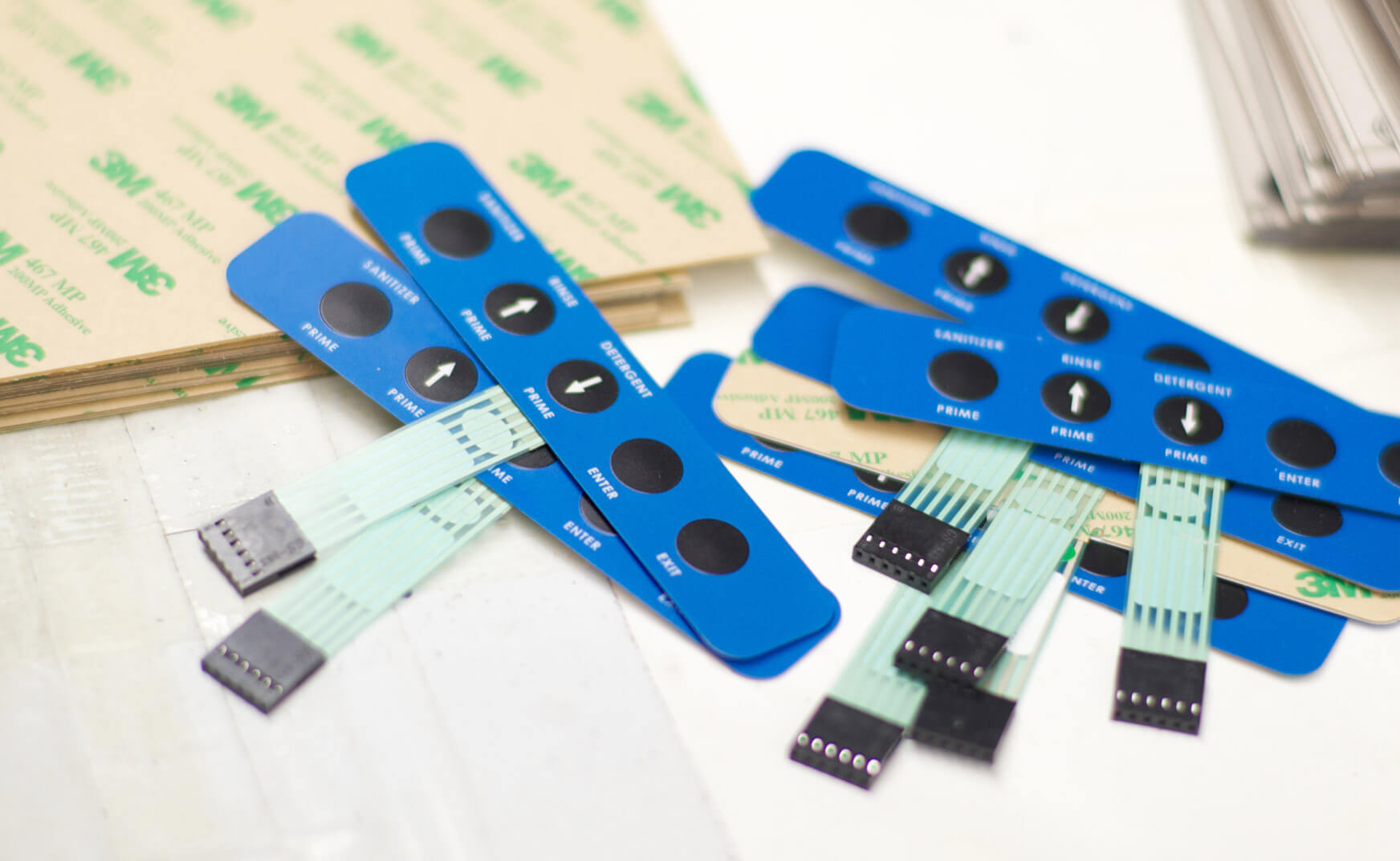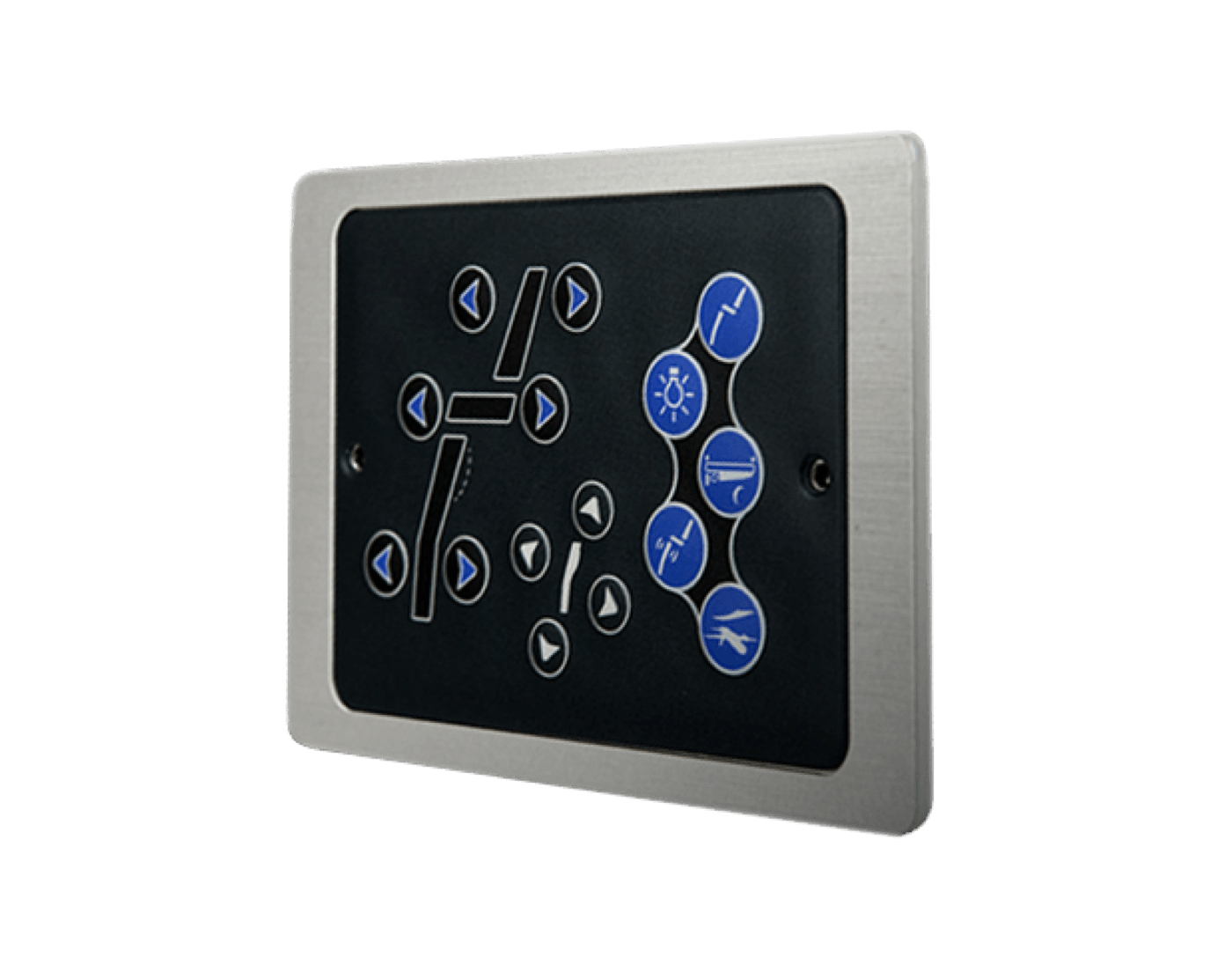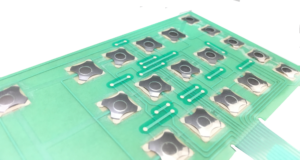Why Membrane Switches Are Necessary for Long Lasting Control Solution
Membrane switches play an essential duty in guaranteeing the resilience and integrity of control systems throughout different industries. As we explore the multifaceted advantages of membrane layer switches, it becomes apparent that their value transcends mere capability, affecting customer experience and operational effectiveness.
Introduction of Membrane Layer Switches
Membrane switches are flexible and reliable components typically utilized in different digital control systems. The visuals overlay supplies both useful and visual layout, while the spacer layer makes certain that the buttons are turned on just when pushed.
Membrane layer buttons are usually preferred in applications calling for a portable and light-weight layout, making them excellent for portable tools, clinical devices, and industrial machinery. They can be customized to meet specific customer needs and can include numerous functions such as backlighting, tactile feedback, and multiple shades. Membrane buttons are immune to dust, dampness, and impurities, making them appropriate for environments where durability is essential.
Benefits of Sturdiness
In numerous applications, the durability of membrane layer changes offers substantial advantages that boost their general performance and integrity. These switches are designed to stand up to severe environments, making them excellent for use in demanding problems such as high humidity, severe temperatures, and direct exposure to chemicals. Their robust building and construction helps to protect against damages from physical impact, making sure lasting capability and reducing the demand for regular substitutes.
Additionally, membrane layer switches are resistant to deterioration, which is important in applications where constant interaction takes place. This toughness translates to reduce upkeep costs, as companies take advantage of decreased downtime and less service disruptions. The encapsulated design of membrane layer switches over shields inner components from dust and wetness ingress, more adding to their life expectancy (membrane switch).
Another advantage is their capability to keep consistent performance in time. With a high tolerance for mechanical stress and anxiety, these buttons preserve their tactile feedback and electrical stability, making sure customer satisfaction. Ultimately, the sturdiness of membrane switches over not just boosts functional performance yet additionally cultivates self-confidence in their integrity, making them a recommended selection for control systems throughout numerous fields.
Applications in Numerous Industries
Sturdy control systems using membrane layer switches discover comprehensive applications across a variety of industries, each taking advantage of the one-of-a-kind features these buttons use. In the medical industry, membrane buttons are essential for tools such as individual screens and diagnostic tools, where integrity and simplicity of cleaning are paramount. Their resistance to dampness and impurities ensures they maintain functionality in clean and sterile atmospheres.
The automobile industry leverages membrane layer switches for control panel controls and infomercial systems, where they offer sleek, inconspicuous interfaces that boost individual experience. These switches are additionally developed websites to withstand rough conditions, including direct exposure to extreme temperature levels and vibrations.
In commercial settings, membrane layer switches are commonly utilized in machinery control board, offering responsive feedback and durability needed for high-usage applications. Their capability to stand up to chemicals makes them appropriate for manufacturing settings where spills and contaminants are constant.

Consumer electronic devices, such as kitchen home appliances and remotes, also use membrane layer switches for their adaptability and cost-effectiveness. On the whole, the adaptability have a peek at this site and durable nature of membrane layer switches make them vital throughout various industries, making certain efficient operation and durability in control systems.
Layout and Visual Allure
While functionality is vital, the layout and visual allure of control systems equipped with membrane switches play a critical role in user engagement and general experience (membrane switch). The visual style of these buttons can dramatically affect customer assumption and communication. A well-designed membrane switch enhances the beauty of the gadget, making it a lot more attractive to individuals and promoting a link in between the individual and the item
Membrane layer changes use a large amount of flexibility in design, permitting manufacturers to tailor graphics, shades, and appearances to straighten with brand name identification and item aesthetics. Making use of vibrant shades and distinct patterns can draw attention, while tactile responses can enhance the individual's interaction with the device. Additionally, the capacity to incorporate LED signs and backlighting into the membrane button style offers both practical and aesthetic advantages, boosting exposure and usability in numerous atmospheres.

Enhancing User Experience

In addition, membrane switches can be personalized to integrate visual user interfaces, boosting use by presenting information in a clear and intuitive way (membrane switch). This personalization can consist of symbols, tags, and shade coding that overview customers via facility functionalities effortlessly. Furthermore, their adaptability permits combination in different atmospheres, making sure constant efficiency whether in industrial machinery or consumer electronics
The sturdiness of membrane switches also plays a crucial role in user experience. By withstanding rough problems and expanded usage, these switches reduce the likelihood of system failings, hence advertising dependability and user confidence. Inevitably, the calculated usage of membrane switches not just raises functionality but additionally substantially enhances user communication with control systems, making them a crucial part their explanation in contemporary design.
Verdict
